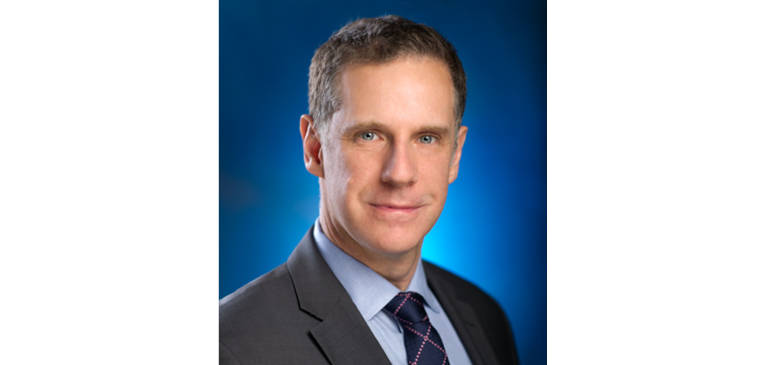Advocating for patients and our profession takes a community. Everyone has to work together to build and maintain relationships founded on common interests. These interests run the gamut, but the patient is always front and center.
The ACR Commission on Economics is building relationships across the healthcare continuum as we advocate for our patients. At the RVS Update Committee (RUC) and Current Procedural Terminology (CPT®) levels, our team members are continuously partnering with other non-radiological medical societies to enact coding and payment for new technologies which will improve patient care. We use this community-based strategy when revaluing services so that reimbursement stays at a sustainable level. Both our RUC and CPT teams meet three times a year with the rest of the medical community, to learn about shared goals and opportunities to work together to improve patient care. Listening to their presentations is inspiring, as are the reactions from non-imaging healthcare providers who might not have had any insight into what a radiology practice looks like or what it takes to acquire high-quality images and provide accurate medical interpretations.
One of the most important communities we engage with is the coalition of 53 medical specialty societies requesting implementation of the reimbursement changes to outpatient office visits that occur outside of budget neutrality. These stakeholders all believe the draconian cuts to the conversion factor on overall reimbursement will have dire results if they are allowed to be implemented.
Other representative examples of community engagement include reaching out to stakeholders beyond our specialty to address issues such as point-of-service US, CPT coding of advanced post-processing analytics, reimbursement strategies for machine learning algorithms, and scope of practice encroachment. Each of these issues are of interest to other medical stakeholders. These are not one-goal strategies of maintaining reimbursement, but multi-pronged discussions on safety, quality, and health equity.
The Commission on Economics also routinely works with other radiology specialty societies. For example, through our close collaboration with the American Association of Physicists in Medicine, our teams were successful in creating and receiving value — in the form of a new CPT code set to be implemented in the 2021 payment year, for medical physics dose calculation that exceeds institutional review when an exposure threshold is met. The Commission on Economics played a pivotal role in obtaining reimbursement for the hard work done daily by our medical physics colleagues, which was previously unrecognized by payers. For the Commission on Economics, community engagement is a necessity. We work closely with CPT and RUC advisors from the American Society of Neuroradiology, the American Roentgen Ray Society, RSNA, the Association of University Radiologists, and the Society of Interventional Radiology.
Economics Commission members also play a pivotal role working with the ACR Commission on Quality and Safety on activities that support value-based payment arrangements under the purview of the Economics Committee on MACRA. Our members provide valuable insight on measure development as advisors to the technical expert panel created under the Gordon and Betty Moore Foundation grant for development of quality measures pertaining to incidental radiographic findings. These measures will hopefully play a pivotal role in providing value-based payment options for members within the Merit-Based Incentive Payment System, as well as those in Alternative Payment Models and commercial payer arrangements. The expert panel is comprised of patients, ER physicians, primary care physicians, and radiologists — all exemplifying the concept of community. To piggyback on this initiative, a work group staffed by members of the Economics Commission is drafting a white paper — in conjunction with our broader community of ED physicians — detailing best practices for managing radiographic incidental findings on ED patients.
At the ACR, both volunteers and staff recognize the value of community — and we use it to accomplish our goals. In fact, much of our community relationships have been fostered and maintained by hard-working staff who are quick to engage a new volunteer or call a colleague at another medical specialty society to solve a shared problem. This concept of community is a common best practice when advocating for our members and our profession.
At the ACR, both volunteers and staff recognize the value of community — and we use it to accomplish our goals.

